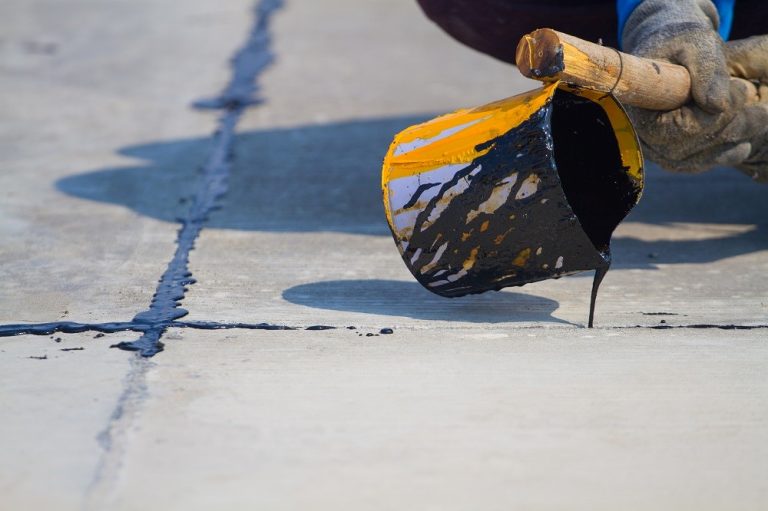In the vast landscape of North Dakota, where extreme weather conditions prevail, ensuring the longevity and functionality of concrete structures is paramount. One crucial aspect of maintaining concrete infrastructure is the proper filling and sealing of joints. This blog aims to shed light on the significance of concrete joint filling in North Dakota and its role in enhancing the durability and functionality of structures. Join us as we delve into the benefits, methods, and materials used in this vital maintenance practice.
Understanding Concrete Joints:
Before exploring the importance of joint filling, it’s essential to understand what concrete joints are and why they require attention. Concrete joints are intentional gaps left between separate concrete slabs, allowing them to expand and contract with temperature variations, settle unevenly, or withstand other forms of stress. These joints are typically filled to prevent debris accumulation, minimize water infiltration, and mitigate potential damage caused by freezing and thawing cycles.
Importance of Joint Filling:
- Preventing Moisture Infiltration: North Dakota experiences significant temperature fluctuations throughout the year, leading to the expansion and contraction of concrete. Unfilled joints can allow water infiltration, which, when combined with freezing temperatures, can cause cracks and structural damage. Proper joint filling ensures water resistance, preserving the integrity of concrete structures.
- Reducing Maintenance Costs: By filling and sealing joints appropriately, the chances of debris accumulation and subsequent joint deterioration are minimized. This preventive measure reduces the need for frequent repairs and maintenance, saving both time and money in the long run.
- Enhancing Safety and Functionality: Unfilled or improperly filled joints pose safety hazards, especially in high-traffic areas. Uneven surfaces, trip hazards, and wheel rattling can all be mitigated by effective joint filling. Additionally, well-maintained joints contribute to smoother vehicle movement and better drainage, preventing water ponding and potential accidents.
III. Methods of Joint Filling:
- Traditional Sealant Application: One common method for joint filling is using sealant materials like silicone, polyurethane, or polysulfide. These materials are applied using a caulk gun, ensuring proper filling of the joint gaps. Traditional sealants offer flexibility and excellent adhesion, allowing them to accommodate concrete movement while maintaining a secure seal.
- Self-Leveling Sealants: In scenarios where the joint width is significant or irregular, self-leveling sealants are preferred. These sealants are poured into the joint, allowing them to flow and self-level to fill gaps effectively. Self-leveling sealants provide a smooth, level surface and are ideal for large-scale projects.
Recommended Materials:
- Silicone Sealants: Silicone sealants are highly durable and provide excellent resistance to UV radiation, extreme temperatures, and chemical exposure. They are an ideal choice for concrete joint filling in North Dakota, especially in North Dakota’s harsh climate.
- Polyurethane Sealants: Polyurethane sealants offer superior flexibility and adhesion, making them suitable for joints subjected to substantial movement. They also exhibit excellent resistance to weathering, abrasion, and chemicals, ensuring long-term joint protection.
Best Practices for Joint Filling:
To achieve optimal results when filling concrete joints, it is essential to follow these best practices:
- Thorough Cleaning: Before filling joints, it is crucial to remove all debris, dust, and loose particles. This step ensures proper adhesion and prevents potential joint failure.
- Correct Joint Sizing: Joint width and depth should be properly measured to determine the appropriate sealant size and minimize wastage. Consultation with experts can help in selecting the right sealant for each specific joint.

